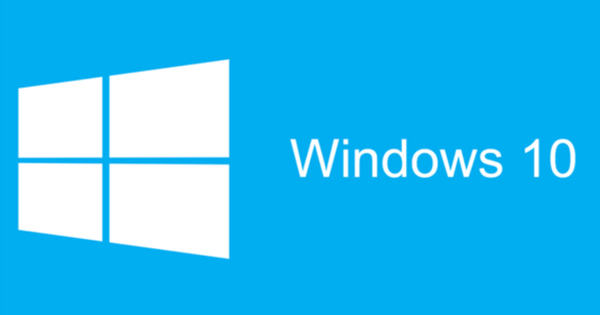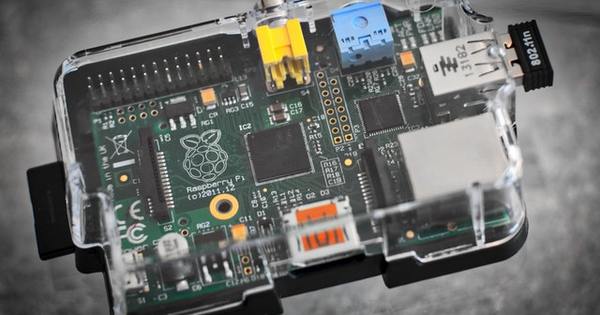Google's free My Maps service lets you create your own maps. This can be very useful if you want to create walking or cycling routes or plan a road trip. Although creating cards is quite easy, you do need to know how it works.
Tip 01: My Maps
My Maps is a Google Maps service that not many people know about. It's not baked into the browser version of Google Maps by default, and you can only create your own maps if you're signed in with your Google account. Previously, the service was known as Google Maps Engine, but for several years now it has been called My Maps.
With My Maps you can create personalized maps. This is useful, for example, when preparing for a holiday. Search for a location you want to visit in Google Maps and add the location as a marker. You can give markers different colors and shapes, and add information about a destination, including photos and videos. At your holiday destination you can easily see which locations you have marked and you have an overview of all the things that you find interesting. Your maps can also be viewed on an Android smartphone with the My Maps app. On the iPhone this can be done via Safari.

Tip 02: Log in to My Maps
To create your own map, go to the My Maps website. If you are not yet logged in to your Google account, choose Sign in and sign in with your Google account information.
Tip 03: Create a new card
To create a new card, click on the plus sign at the bottom right. First click on Nameless card to change the map name. If necessary, please provide Description a brief description. Finish by pressing Save to click. Each map can consist of a number of layers. It is useful to think about how you want to organize these layers. For example, one layer can consist of restaurants, the other of sights. Later you can simply switch a layer on or off for a clear overview.
The first layer is always called Nameless layer. Click on it to change the name. You can add markers by clicking on the map or by importing a list of data, unfortunately this last function does not always work well and an error message is often generated. If you don't like the style of the card, click on the triangle next to Basemap and choose another style. Fonts and visible place names remain the same for each style.

Tip 04: Add Highlight
It's time to add markers to the map. The easiest way is to zoom in on the map and press the marker button at the top. This button looks like a kind of inverted water drop. When you clicked on this, your cursor will change to a plus sign. Click anywhere on the map and the marker will be added. This will automatically be named Point 1. Change the name by clicking on it. In the field below you can add a short description or a web link. click on Save to add the highlight to the layer. You can also enter a city or street name in the search box. My Maps automatically indicates the location with a light green marker. Click the marker button again to add a marker to your layer. You will see that the marker has now been added to the left side of the screen in the list of locations.
You can also choose whether you want to see the name or description of the marker in the list. To do this, click on the marker and choose To process, the pen symbol icon. To the left of the name, click on the triangle and while holding down your mouse, choose Description. The name of the marker is now changed in the left list.
In this article we will discuss the possibilities of creating walking and cycling routes in Maps in more detail. We also explain how you can export your custom routes to other apps or programs, for example Maps.me, which gives you considerably more terrain information than with Google Maps.

Tip 05: Colors and shapes
Once you've added several markers to a layer, things can get a little cluttered. Fortunately, you can easily change the color and shape of a marker. First of all, you need to select the marker. You do this by clicking on the name in the list or moving the mouse over the marker on the map. In either case, a paint pot symbol will appear next to the name on the right. Click on it and choose a color from the list.
In addition to a different color, you can also give the marking a different shape. For this you choose under Icon shape another option. if you're on More icons click, you will find, for example, icons for ATMs, hotels, dentists, churches and hiking trails. This way you can completely personalize your card. However, the colors of such an icon are fixed and cannot be changed.

Tip 06: Photos and videos
If you want to add more information to a markup, know that you can easily insert not only text, but also photos and videos. Click on a marker and choose To process. At the bottom right you will find a photo icon. Click it and you'll have some options to add photos and videos. It is important to know that you can only add photos and videos from the internet to your card. It is not possible to upload your own photos to Google. You can, however, upload your photos to your own server or web service and enter a link to the photo when you click Image URL clicks.
However, some services do not allow such an external link and a link to a Flickr photo, for example, will not work. It is easier to search for a photo via Google's own image search function. For this click on Google Image Search and type in the name of the location. Click on a photo and confirm the action by pressing Selecting to click. The photo is now immediately visible when you click on the marker. If you want to add more photos, click on the plus sign at the bottom right of the photo. You can delete a photo by clicking the trash can icon. To add a video, choose YouTube URL or -search.

Tip 07: Add area
A marker is nice if you want to add a place or a specific location to your map, but what if you want to add an area like a national park? The tool to the right of the marker icon offers a solution. Click on it and choose Add line or shape. Your cursor changes back to a plus sign. Click once with your mouse on one of the outer edges of the area you want to mark. Then choose the next point. You continue until you have marked the entire area. Every time you click on the map, a dot appears. The line between the dots is dark red. When you get to the first dot again, your cursor changes into a hand. This means that you have marked the entire area.
The highlighted area will now turn gray and the name will appear in the window Polygon. Click on it, give the area a name and choose Save. In the left part of the list, the area is indicated by a different icon. If you want to change the color of this, click on the paint pot icon. You can also change the transparency of the area and the thickness of the border here. If you click on the area, you immediately see how many kilometers the line with dots is and what the surface of the area is. A nice feature.

Tip 08: Add routes
Another option of My Maps is to add routes to your map. Each route is a new layer on the map and you can choose from walking, cycling and driving routes. You can add different destinations to one route and in this way draw your entire holiday trip on the map. However, per route you have at most ten destinations at your disposal. It is therefore useful to divide your routes into smaller pieces. To get started click on Draw a line. This is the same button you use to add a line or shape. Now choose what route you want to add to your map.
Once your cursor has turned into a plus sign, first place your starting point on the map. Release your mouse and use it to navigate to the end point of your route. My Maps shows you by means of a blue line what the fastest route is from one destination to another. The points are indicated by letters. If you want to change the route, move your mouse over the blue line and a dot will appear. Click on it and drag the ball; the route changes automatically. If you want to add a point to your route, click on the left side on Add destination. You can indicate the location on the map or a destination in the search box next to the letter C enter. To rename the start or end point, click the name next to the letter. Then click on the pen, the icon to edit something.

Tip 09: Share map
When your map is complete, you can share it with the rest of the world. Click on the green button at the top right To share and Google Drive users will see a similar window open. By default, a map is set up for private use. This means that only you can access the map, plus the people you invite with a link. The link at the top only works for invitees. You invite someone by entering a name below Invite people to enter and on Send to click. These people receive an invitation by e-mail, at least if you leave the check mark in front of Message people via email, and can view the map via the link in their email. They do need a Google account for this.
If you want to open your card to people without a Google account, click on Modify behind Private: only you have access. The most convenient choice is Anyone with the link. Then you can just invite your friends with a link. If you for Public on the Internet choose, everyone can see your card.


